Building better value chains is the key to unlocking greater value for New Zealand producers
Consumers the world over love our pure, safe and ethically produced food. And they’re prepared to pay – New Zealand has a track record of generating ever-growing value from our primary products. Indeed research shows that in the last 20 years, growth in the value of food exports per kilogram is more than two-and-a-half times the growth in their volume.
But every day the bar is being set higher. Consumers expect more – and so do we. We want to produce food for millions of people, and at the same time we want cleaner rivers, healthier soils, happier animals and lower greenhouse gas emissions. Plus we need to make our food fresher, faster and more competitively priced. And if we can’t, someone else will.
That’s quite a challenge. How do we meet the increasing demand for a healthier, happier planet (along with all the costs these bring) and continue to grow our primary industries? How can we make a fresh-water, healthy-soil, clean-air cake and eat it too?
A new take on an old problem
New research is showing a way. In the last five years, research funded by Our Land and Water, and led by the Agribusiness and Economics Research Unit (AERU) at Lincoln University, has explored a hypothesis long hinted at in academic research: that investment in market-orientated value chains is a powerful mechanism for transforming lower-value, commodity products to higher-value, premium products.
Investment in market-orientated value chains is a powerful mechanism for transforming lower-value, commodity products to higher-value, premium products.
AERU director, Professor Caroline Saunders, has dedicated her professional life to achieving that goal, first by proving that consumers in some export markets will pay a premium for sustainably produced products – and then showing New Zealand producers how to tap into that demand.
She says New Zealand has traditionally been good at logistics and ensuring product quality, but not that good at market orientation. So she studied five exemplar value chains to find out what their characteristics were and see where other producers were losing value. Other case studies were added and, over time, Saunders and her colleagues, with funding assistance from the Our Land and Water National Science Challenge, have settled on nine attributes that show how producers can create a value chain and obtain a premium.
Saunders says it’s no good saying there’s a prize in the market if you can’t show businesses how to bring it back. And the best way to do that is to shift from a commodity-focused supply chain to a market-oriented value chain.
So what’s the difference?

“A value chain looks at the consumer first. The value is created by the consumer, so we find out what they are really willing to pay for, what attributes they are looking for, and we bring that down through the value chain and make sure that fair reward goes to the New Zealand producers.”
The research shows that high-functioning value chains empower all the players in the chain to align to customer demand and produce products that can command a premium. Superior value-chains capture greater value at the consumer end, distribute that share of value more evenly among the players and reward producers for their investment in sustainable, ethical production.
What’s more, the research suggests the fight for global success is not only won by product, price or even brand – it’s by the cooperation and intelligence of the whole value chain. In our interconnected world, it’s less the battle of the brands than the battle of the supply chains. The more functional the chain, the more valuable the result.
What consumers want
The AERU has also made a study of so-called credence attributes – qualities that are sought by customers beyond price and quality. Credence attributes include good labour practices, low GHG emissions, ethical treatment, food safety and so on. The AERU’s consumer surveys in Japan, China, Europe and North America have proven that consumers are prepared to pay a premium for food that meets these expectations.
Building on those findings, AERU has studied a group of highly successful Kiwi food and beverage exporters to understand how value is captured at the consumer end and then shared that value back through the value chain, right back to the producer. It found that market-aligned value chains are a proven mechanism for capturing greater value and then sharing it with all the players. These successful value chains share a number of characteristics that set them apart from mere supply chains. The team has identified nine attributes that could provide a template for others to follow.
These successful value chains share nine characteristics that could provide a template for others to follow.
Nine attributes of success
In The Value Project we will explore these nine success factors, provide inspirational examples of Kiwi businesses that are deploying them and show how you can embed them in your business. It all starts with understanding the consumer and exactly what they want in, and from, their food. From there flow the decisions we make on what and how we grow, package and sell our food.
Professor Paul Dalziel, deputy director of the AERU, says it's more than academic.
“I was visiting a UK supermarket with my colleague, Caroline. There were shelves four layers high, and at the top were the individually wrapped and premium-priced cuts of meat with all sorts of claims: that this is good for the environment, that it's traveled from Wales, that it's produced from family farms and so on. And then as you went down the shelves, the cuts of meat got bigger and the labeling got smaller and customers had to stoop to get down – and there at the bottom was a New Zealand leg of lamb. It had the lowest price per kilogram of all.
“It was an eye-opener – that all of those conservation values that our beef and lamb sector already have were totally invisible.”
More than ever, New Zealand needs to capture that value and return it home. We hope The Value Projects shows you how.
By Vincent Heeringa for Our Land and Water National Science Challenge. All text in this article is licensed for re-use under Creative Commons Attribution 4.0 International (CC BY 4.0)
“It was an eye opener – that all of those conservation values our beef and lamb sector already have, were totally invisible.”
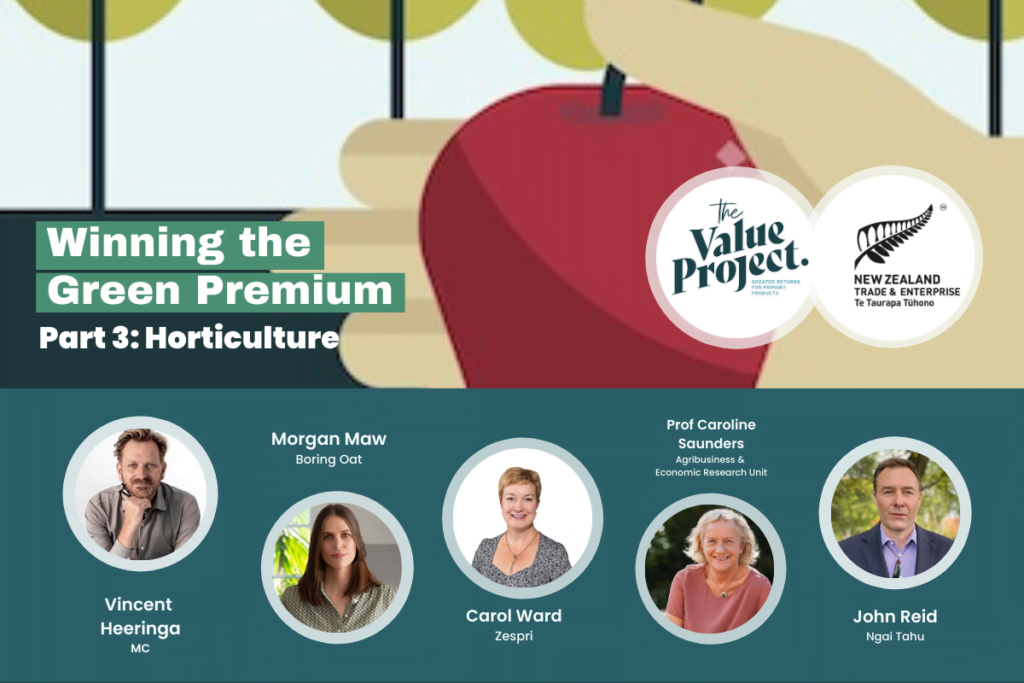
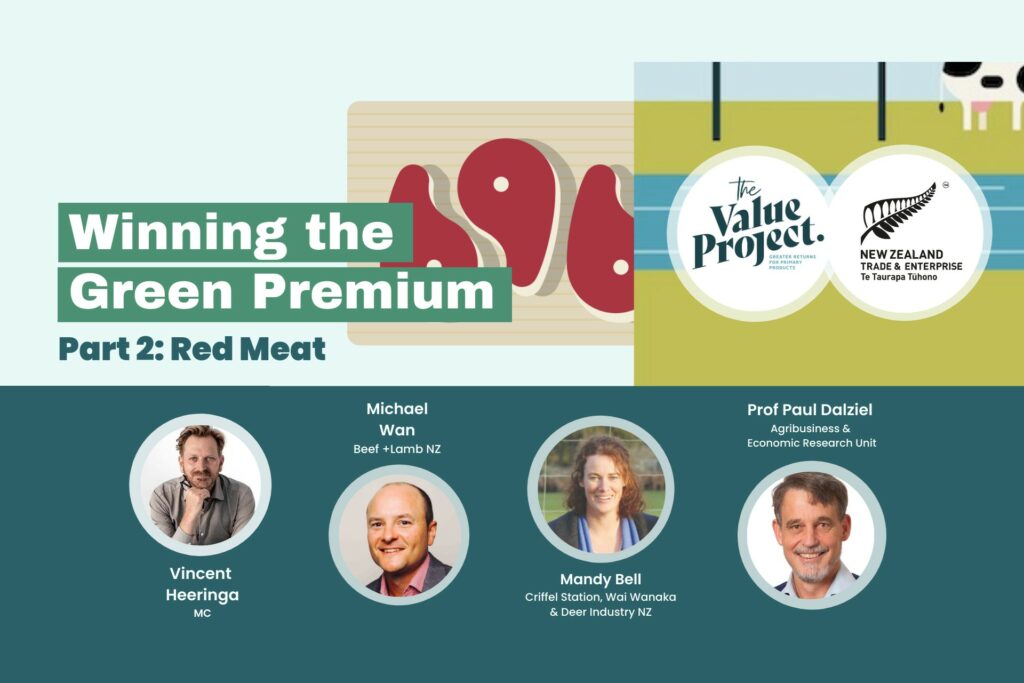

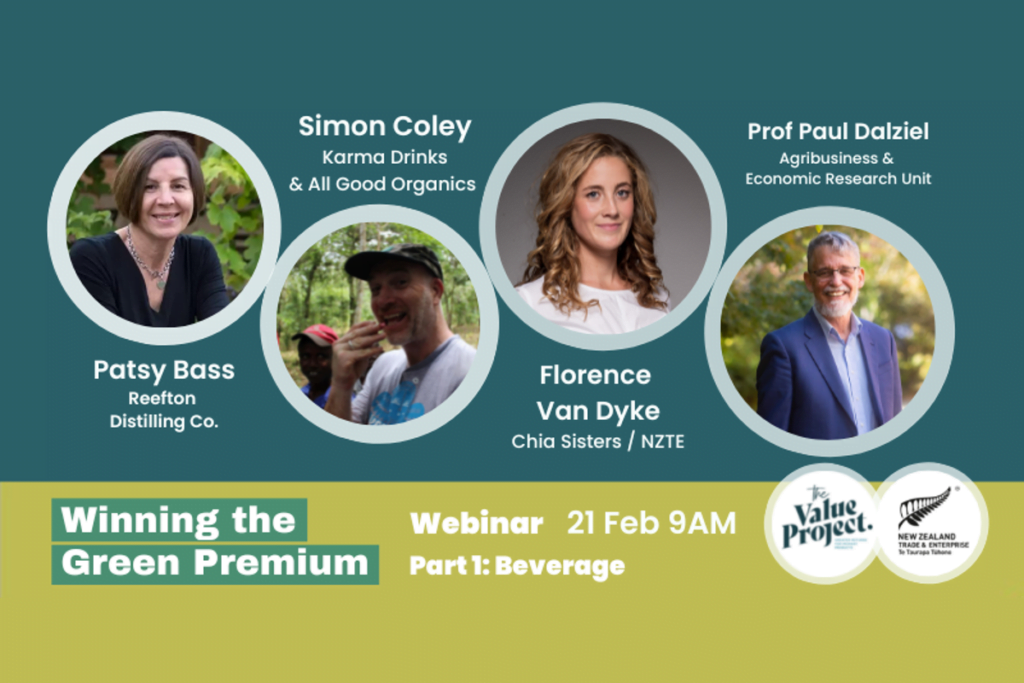
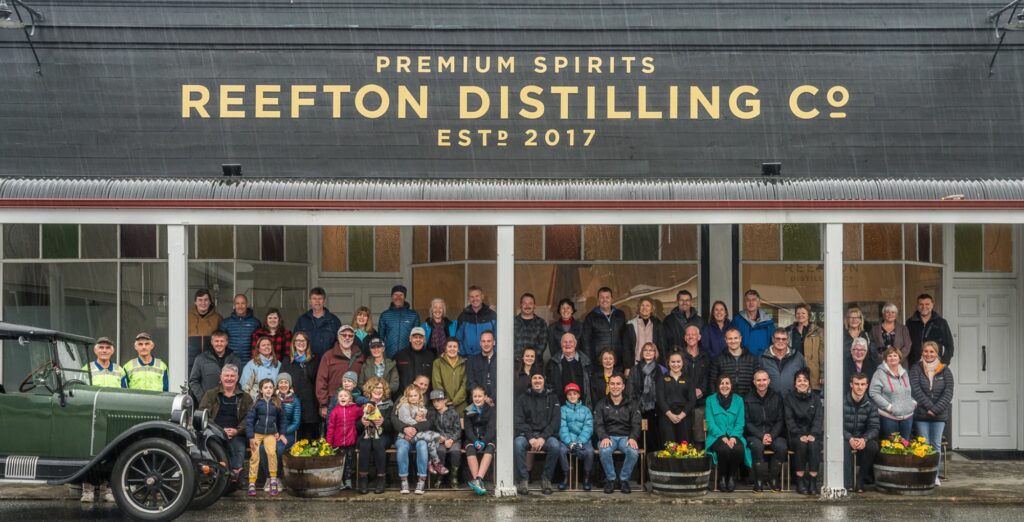
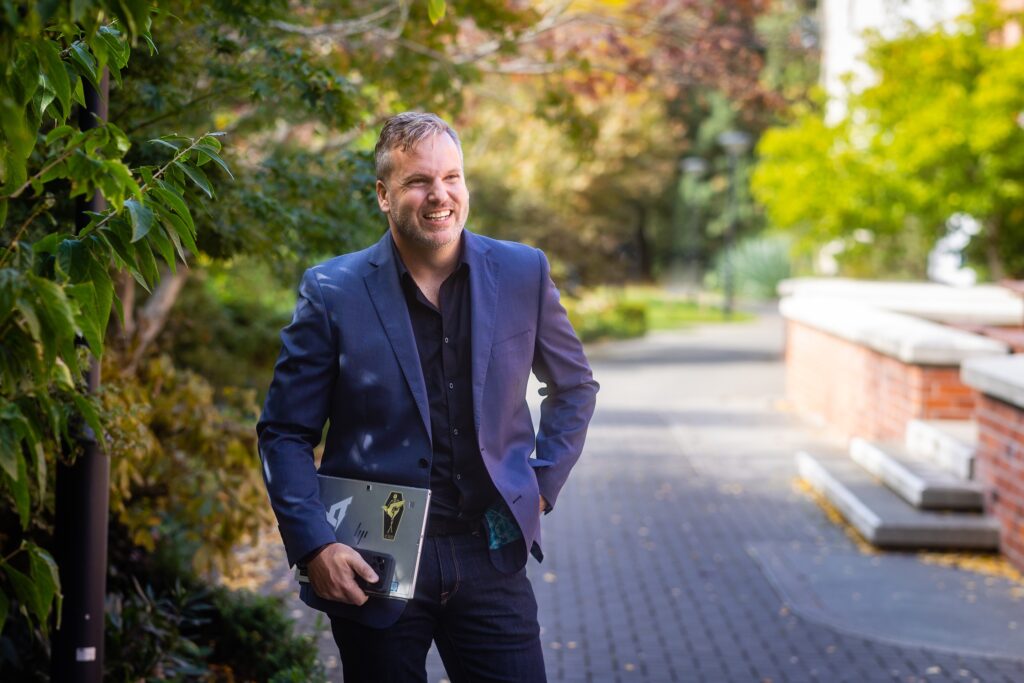

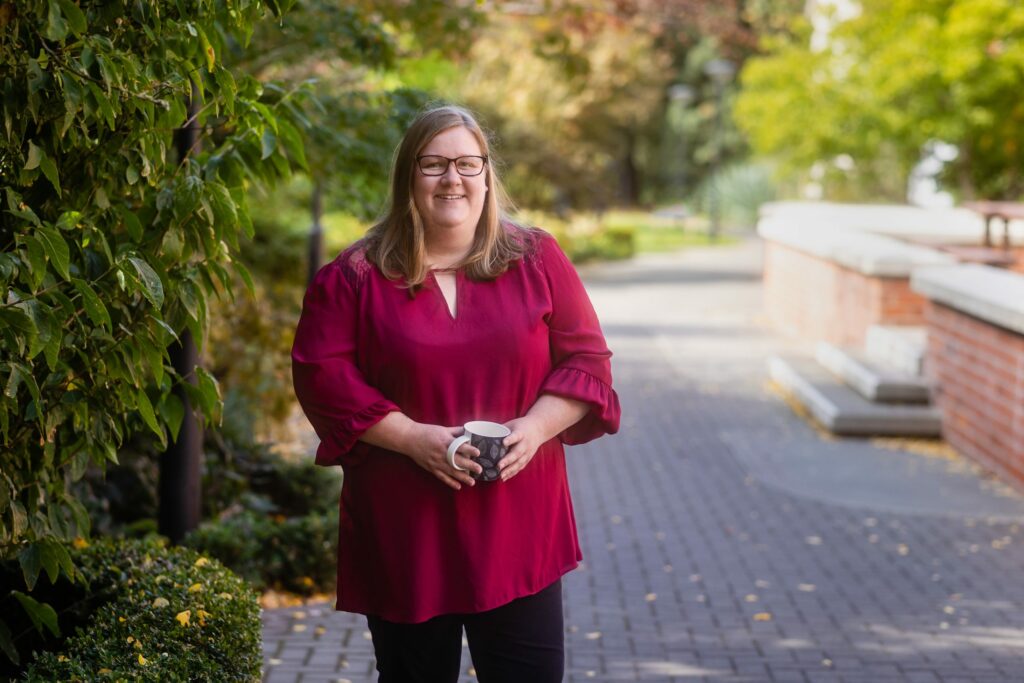
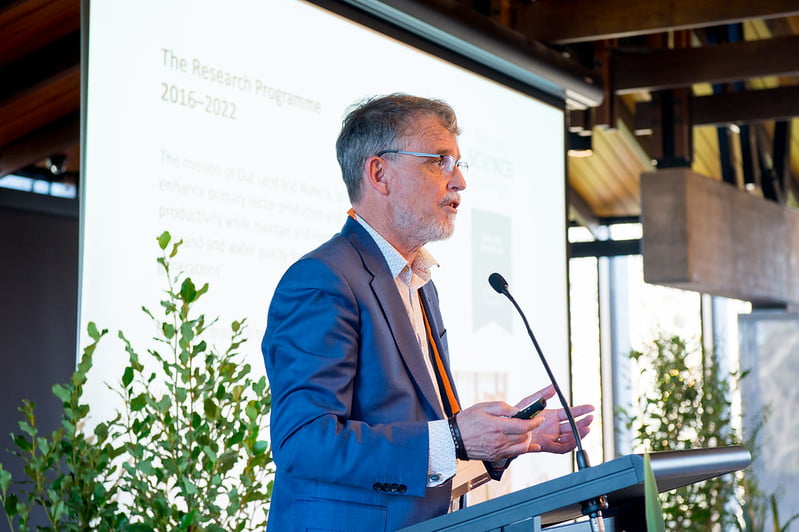
An instruction is not a plan: how to create value in the primary sector
Bill Kaye-Blake, principal economist with NZIER, reflects on 20 years of research into creating greater value in New Zealand’s primary sector. I’ve…